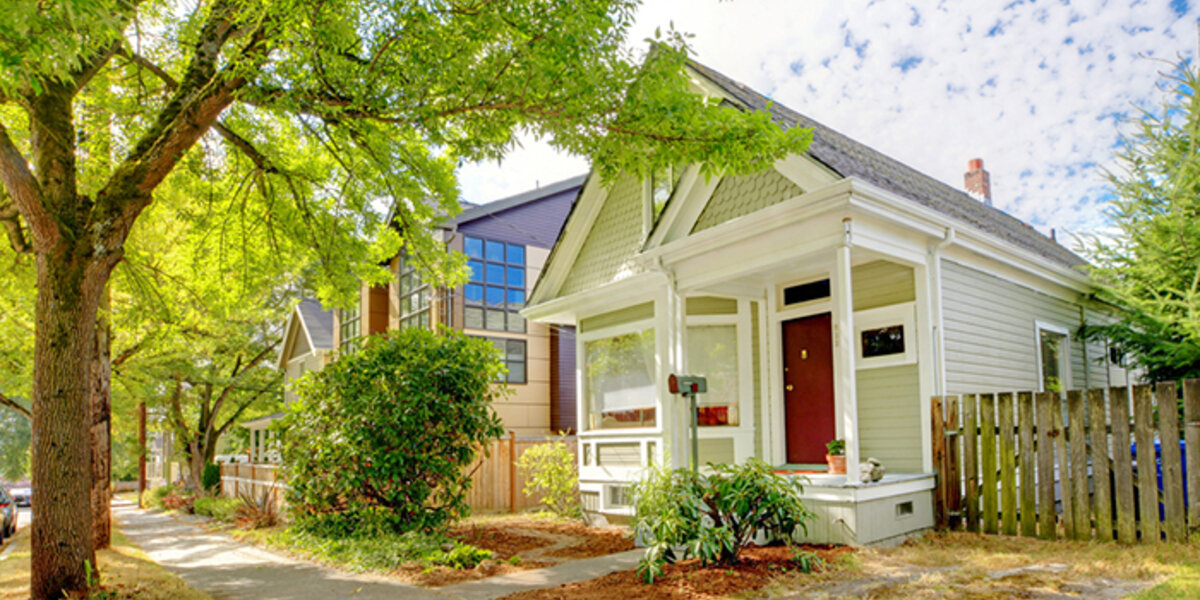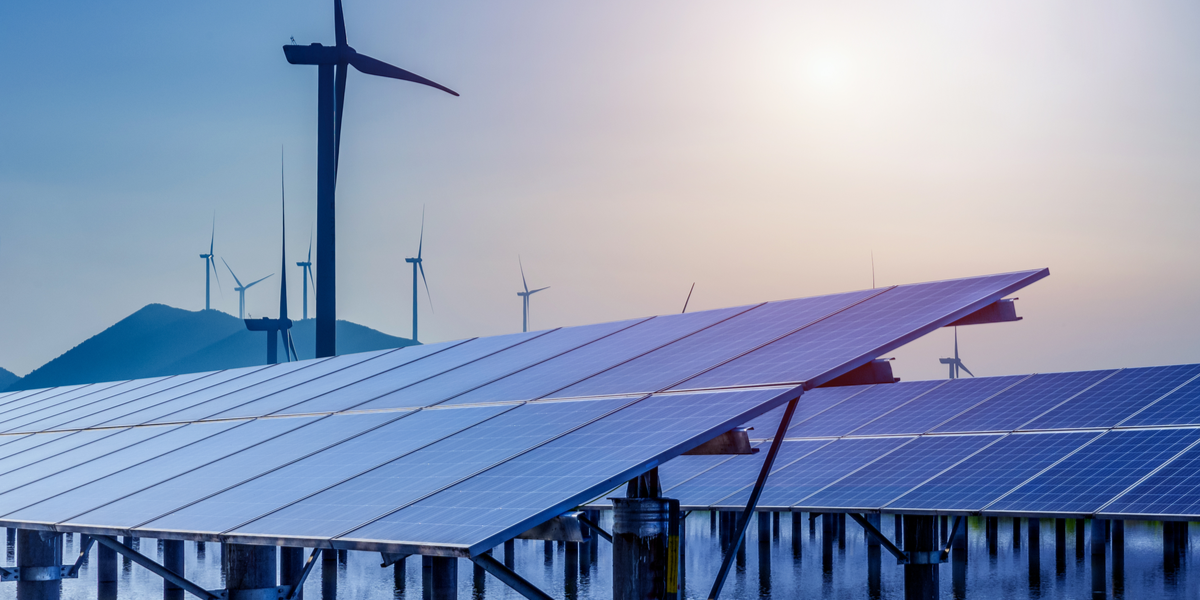Keeping August energy bills low: 5 tips
Let's Save Energy
Alliance to Save Energy's Blog
Keeping August energy bills low: 5 tips

In many parts of the United States, this summer has been hotter than average – and energy bills have been soaring as a result. With heating and cooling costs typically accounting for almost half of the average utility bill, homeowners and business owners would be wise to seek out energy-saving tactics for the remainder of the summer.
From simple DIY tricks to energy-efficient appliances, there are dozens of adjustments that you can make to reduce your energy bills. Here are a few favorites to help you finish out the summer strong.
1. Maintain your air conditioner
It’s important to consider how hard your air conditioner has to work to keep your house or business cool and comfortable. With older systems typically being less energy-efficient than their contemporaries, you should consider replacing your air conditioning unit if it’s over ten years old. Take some time to research ENERGY STAR® products and other energy-efficient models – you could save up to 10 to 15 percent on your cooling bills.
Even with a relatively new air conditioning unit, it’s important to make sure that you’re optimizing its performance. If you have an outdoor unit, clear away any dead leaves, twigs or overgrown bushes that might be blocking the system. And don’t forget to clean or replace your air filter about every month to make sure that air can pass through the system easily.
For indoor units, make sure that every vent has direct access to the rest of your home or office. Are there hot appliances or lamps near the thermostat or furniture near the vents and ducts? Move them elsewhere to ensure optimal efficiency. Learn more about HVAC maintenance tips here.
2. Close blinds and shades
This tip is easy to forget, but vital: excess sunlight will make it harder to keep your home cool and comfortable. During the day, keep your blinds and shades closed to prevent warm air from building up in your home.
3. Plant trees and shrubs
In addition to closing your blinds and windows, you can plant trees and shrubs around the exterior of your home to provide much-needed relief from the sun. Without proper shading, direct sunlight can make your home feel like an oven. The roof, walls and windows on your home can reach scorching temperatures if there’s nothing to block the sun’s rays. If you live in a single family house, head over to your local nursery and consider acquiring a few trees to plant around the foundation of your home based on the direction of the sun.
4. Have an older home? Check foundations for leaks
If you have an older home or work in an older building, your foundation might have a few leaks that you’re not aware of. You can seal leaking ducts and vents with weather stripping, insular foam and other forms of insulation. If you’re not sure how to keep your vents insulated, contact a professional. Leaks and cracks could cost you hundreds of dollars in the long run.
5. Solar screens
You can also minimize the effects of the sun by installing solar screens and films on the east- and west-facing windows in your home. Easy to install and relatively inexpensive, solar screens can be one of the most effective ways to reduce the heat that builds up in your home throughout the day.
Learn more
While these tips are a few favorites, they are just the tip of the iceberg. Want even more home energy efficiency tips? Here’s a few more to consider.
STAY EMPOWERED
Help the Alliance advocate for policies to use energy more efficiently – supporting job creation, reduced emissions, and lower costs. Contact your member of Congress.
Energy efficiency is smart, nonpartisan, and practical. So are we. Our strength comes from an unparalleled group of Alliance Associates working collaboratively under the Alliance umbrella to pave the way for energy efficiency gains.
The power of efficiency is in your hands. Supporting the Alliance means supporting a vision for using energy more productively to achieve economic growth, a cleaner environment, and greater energy security, affordability, and reliability.



